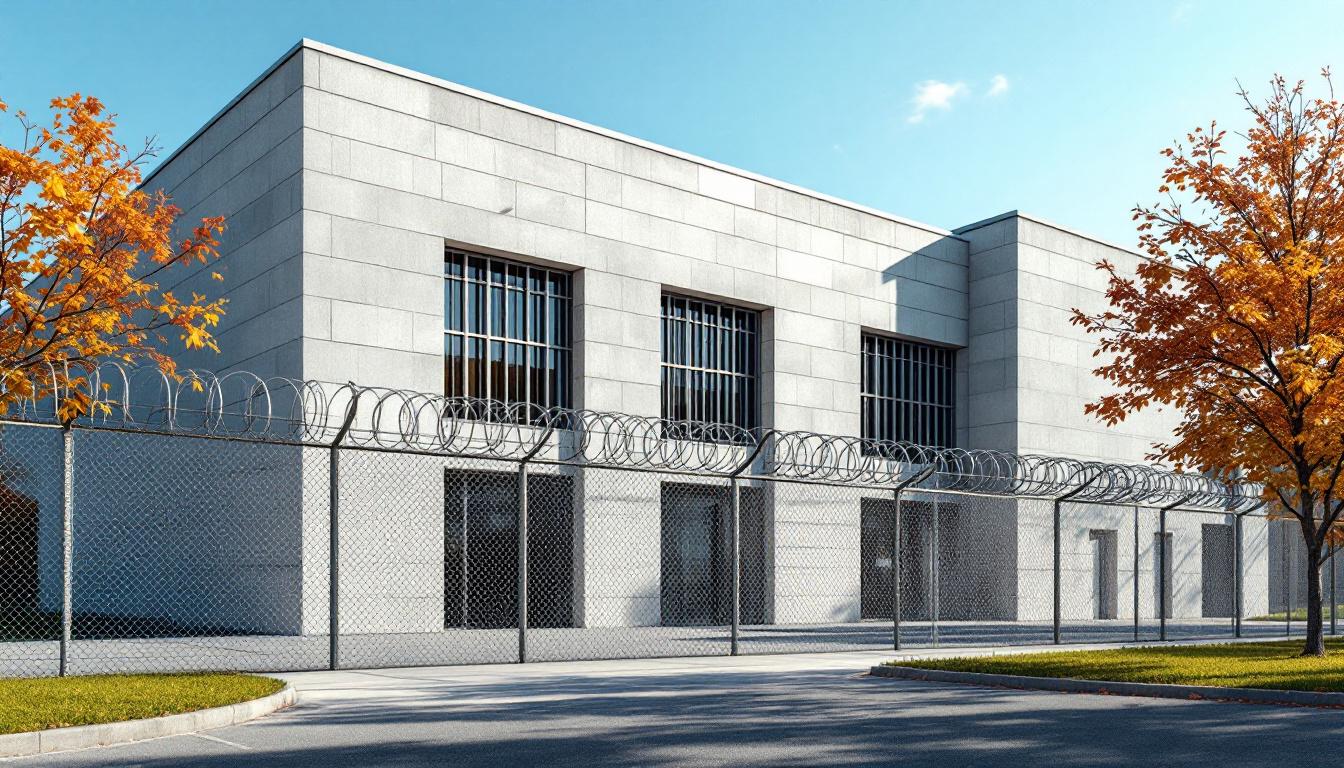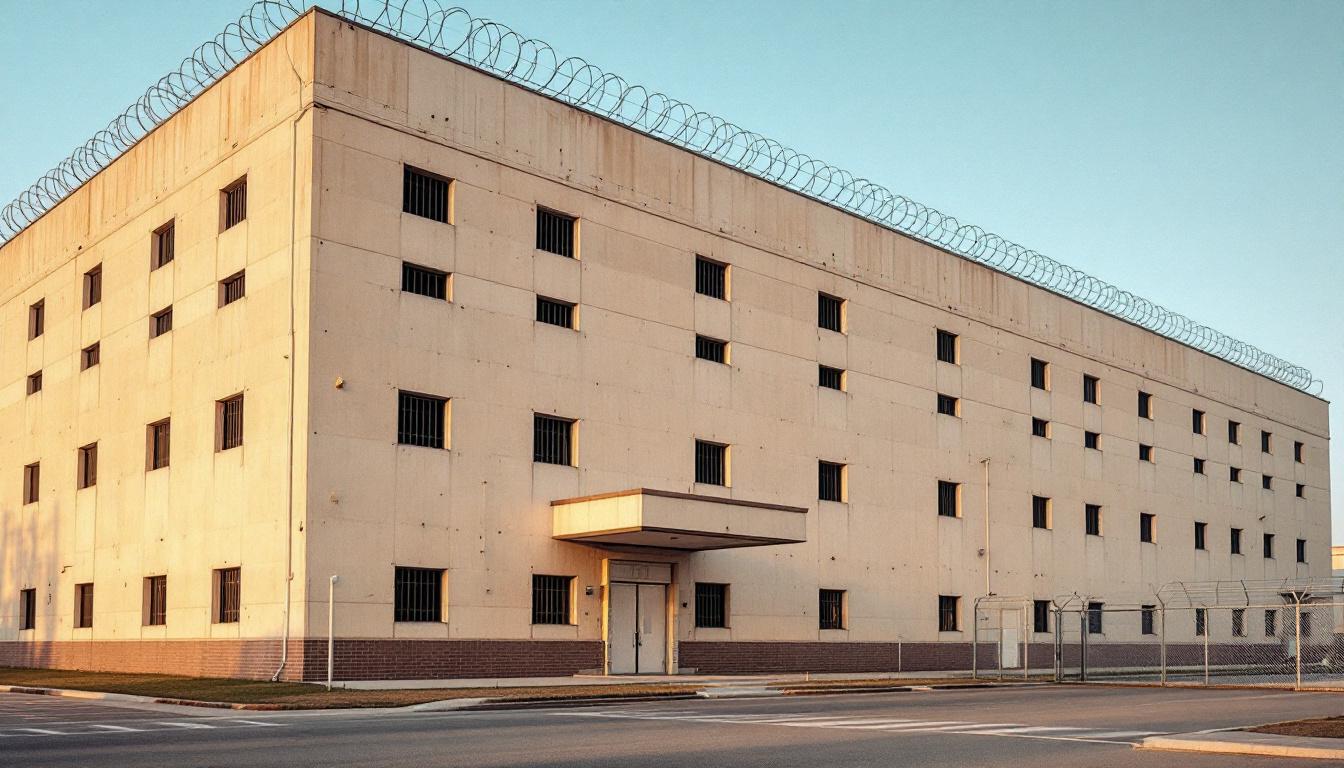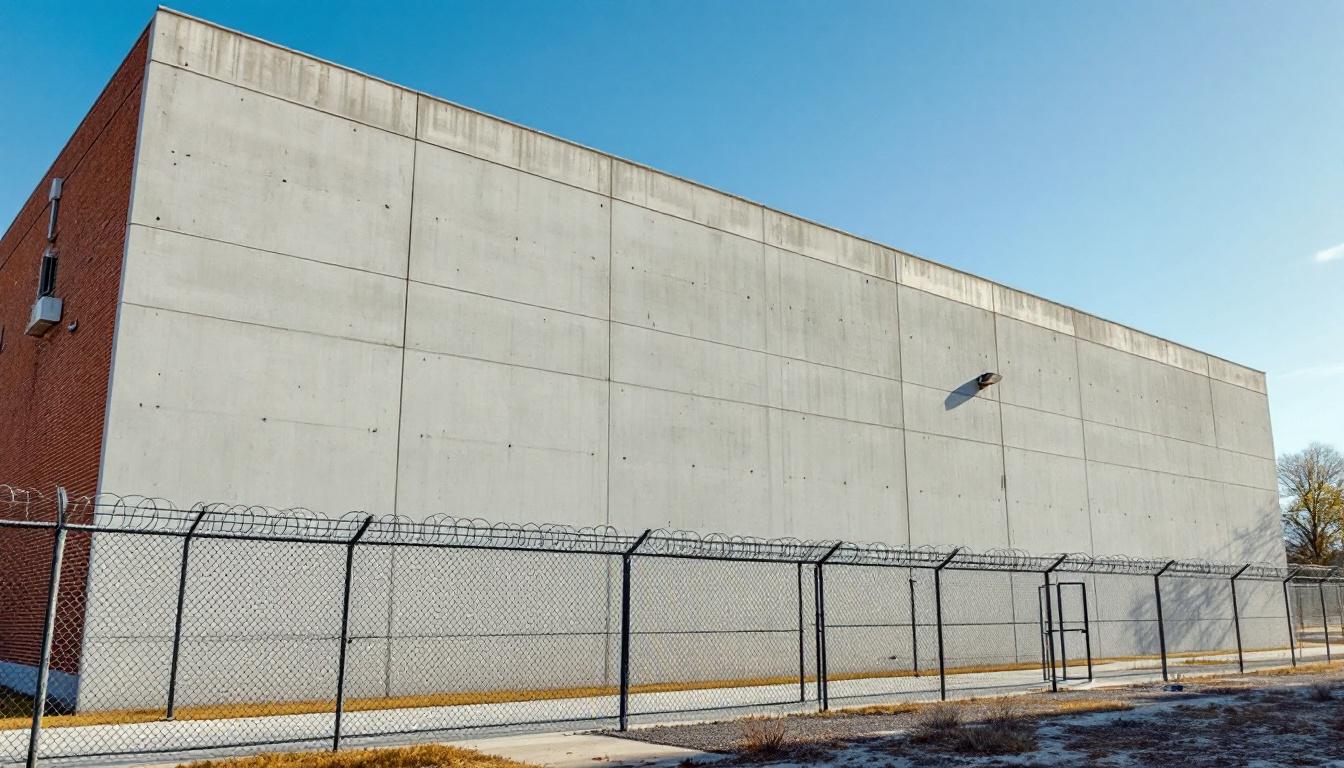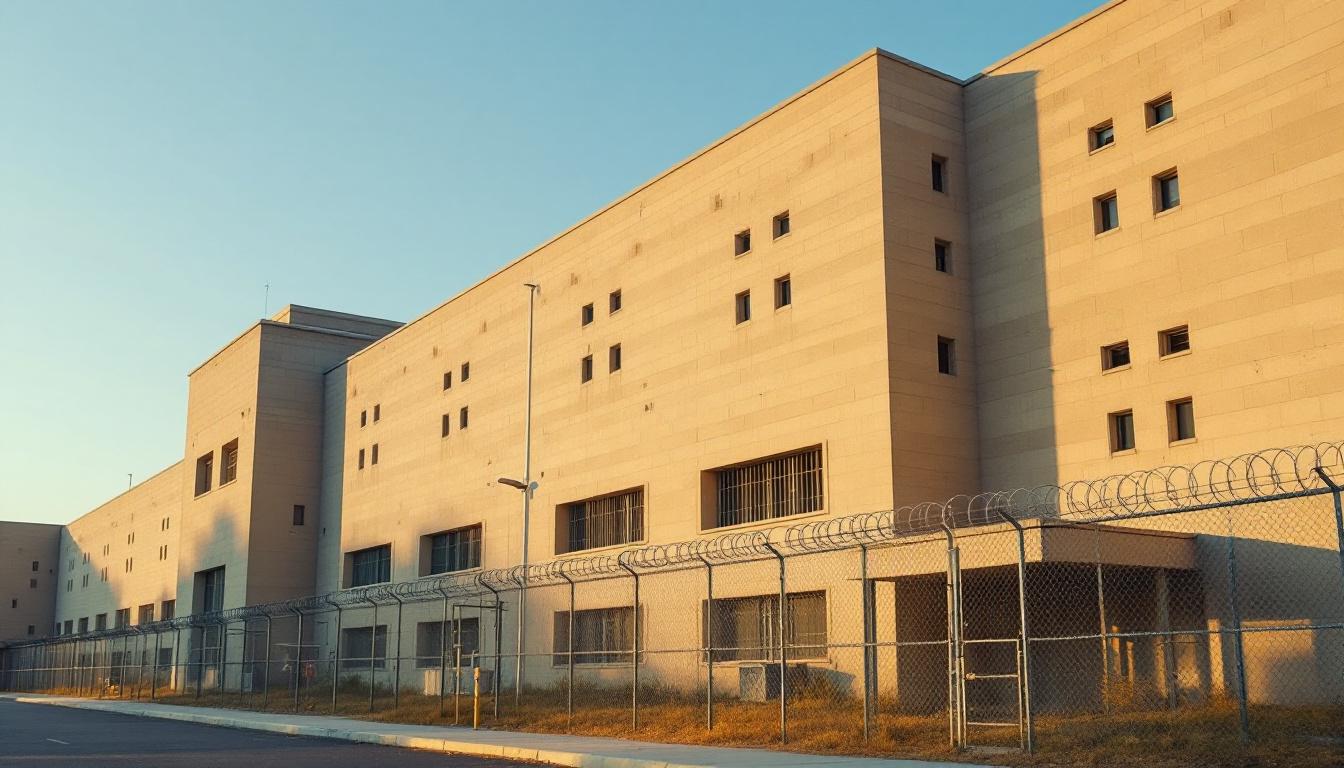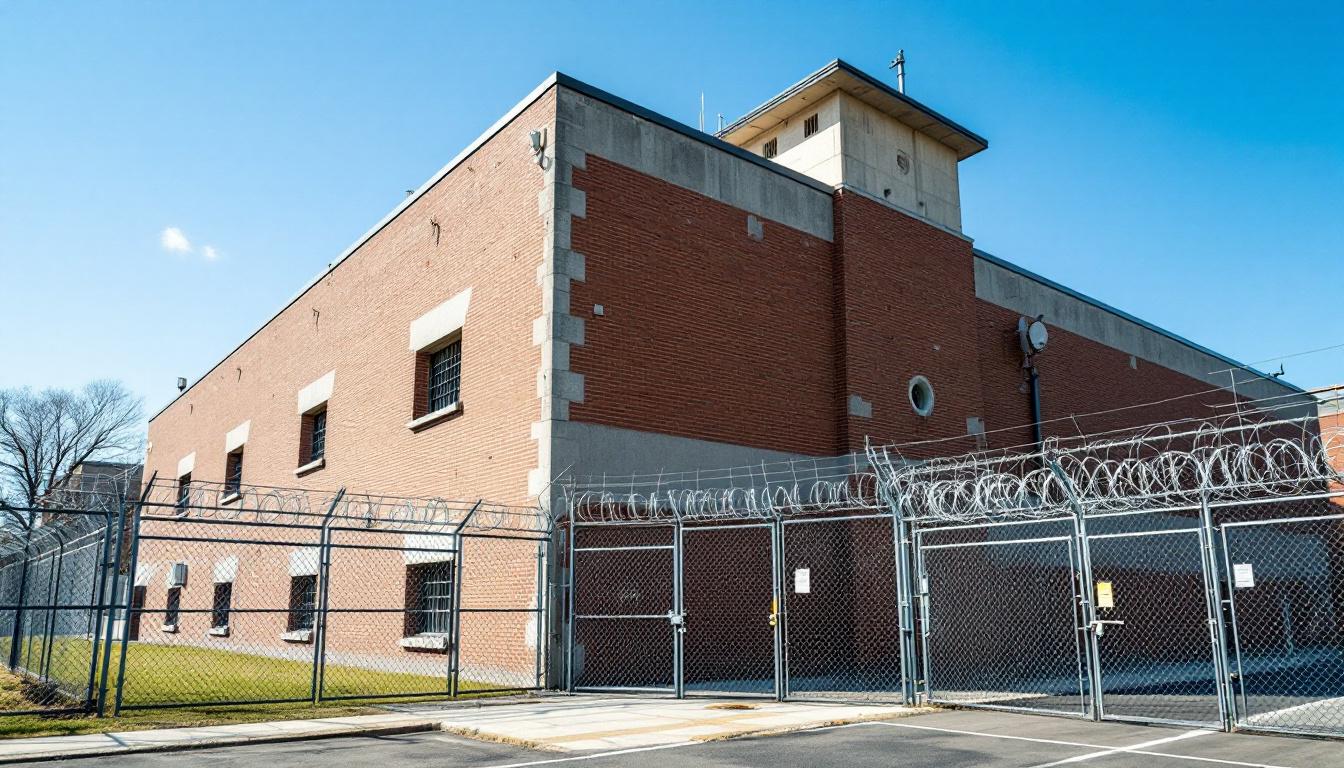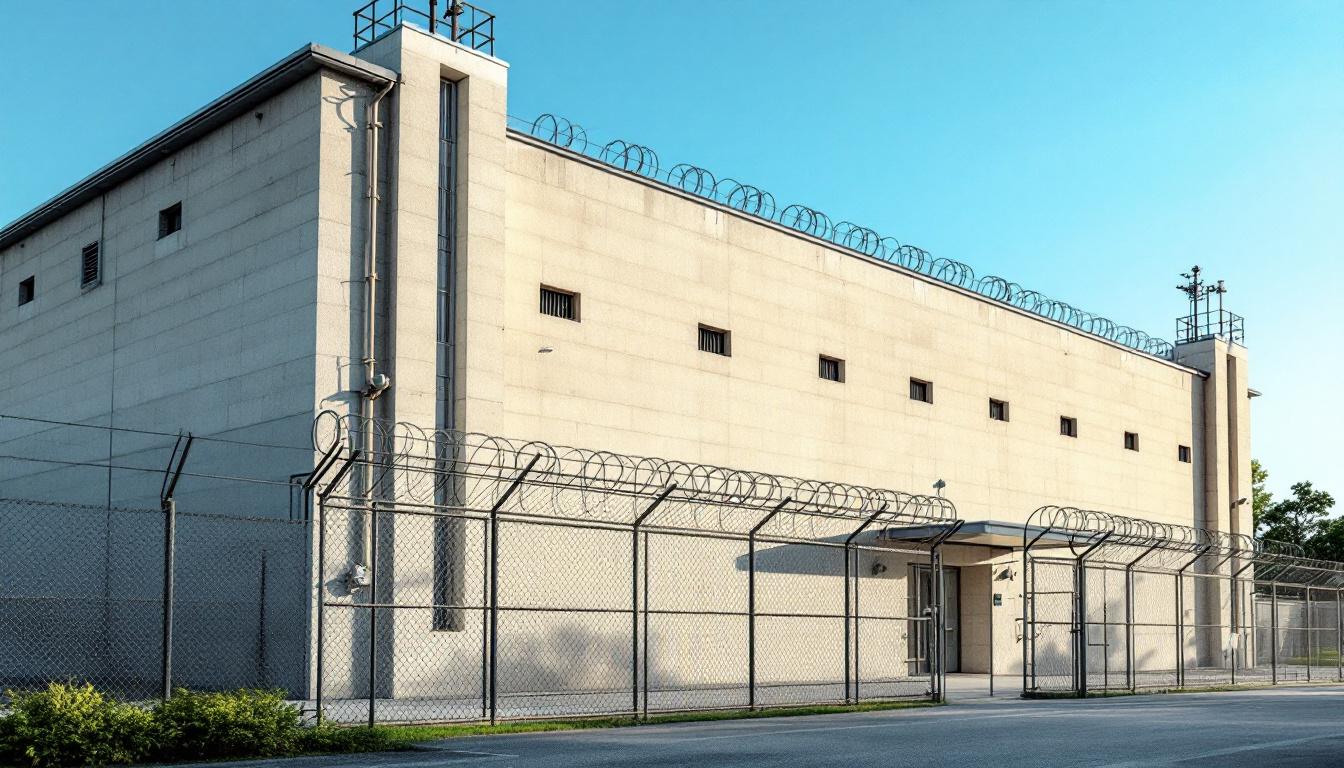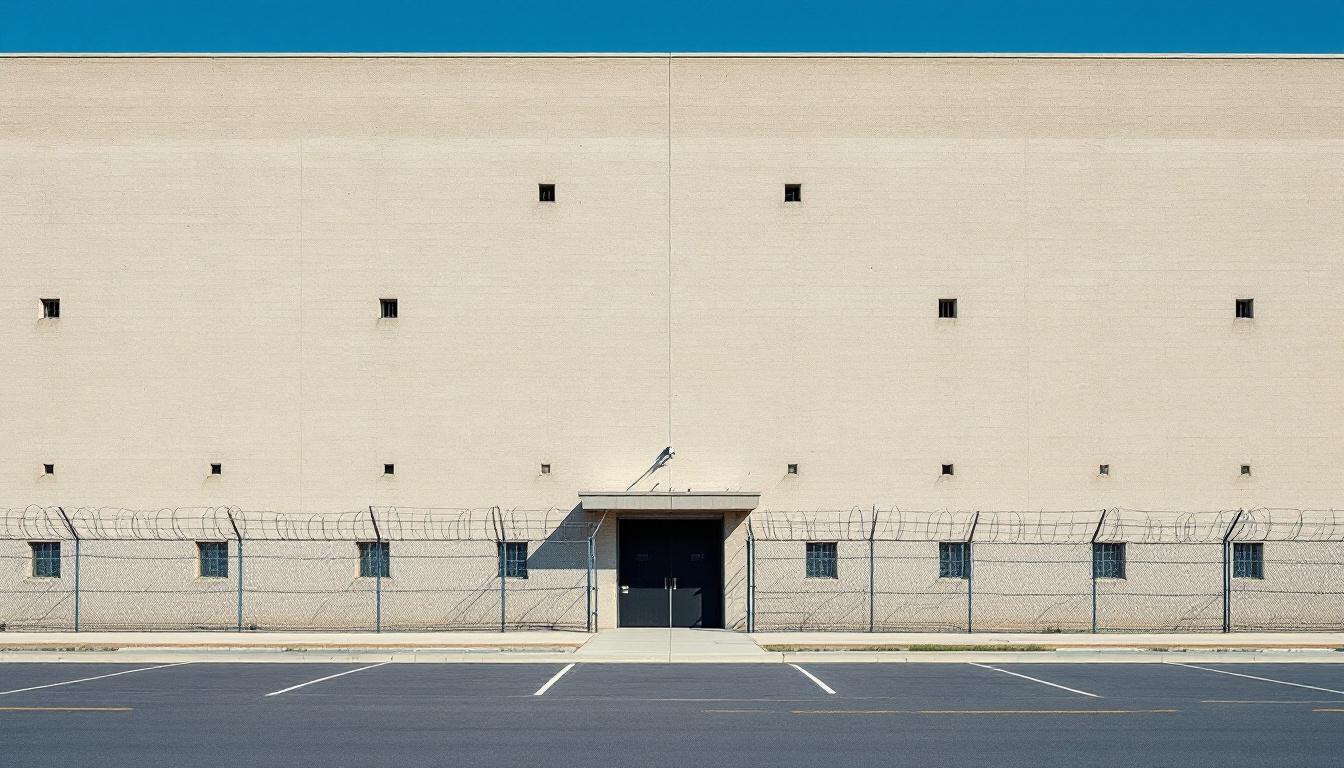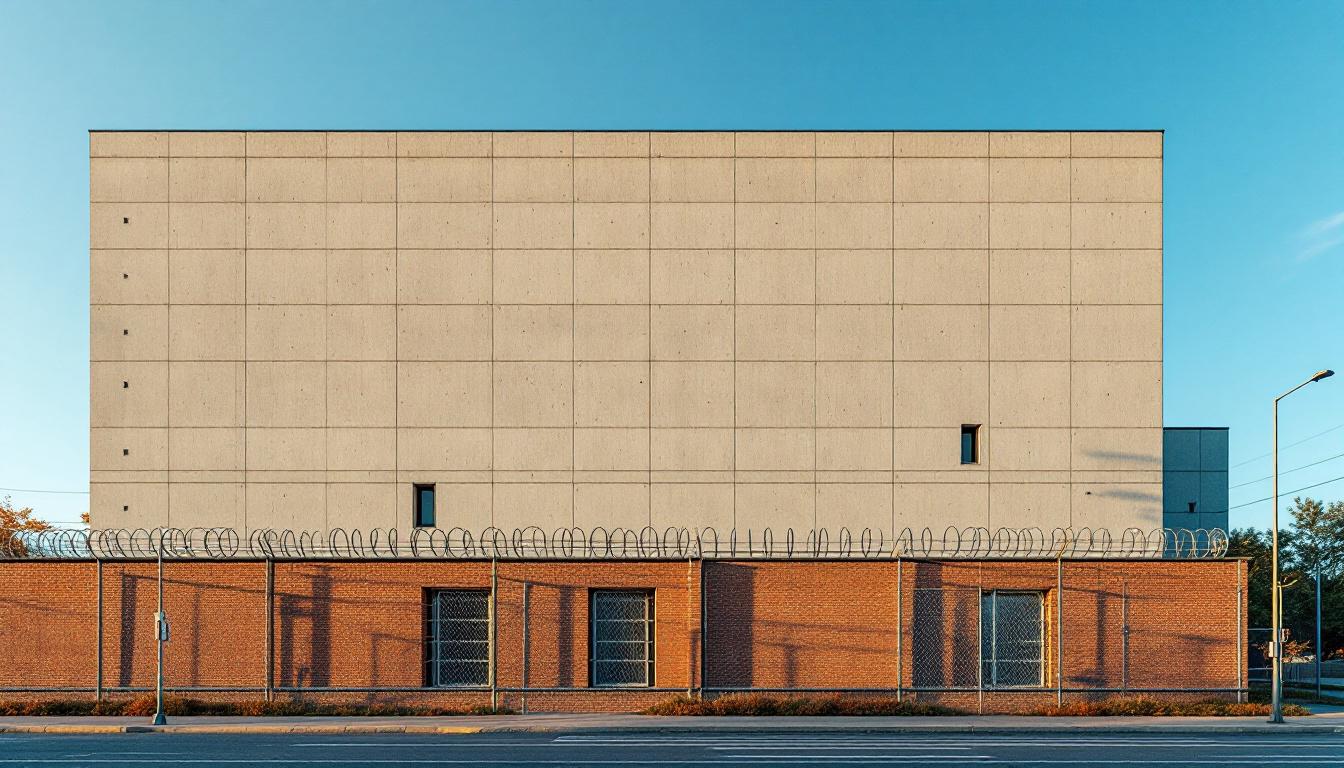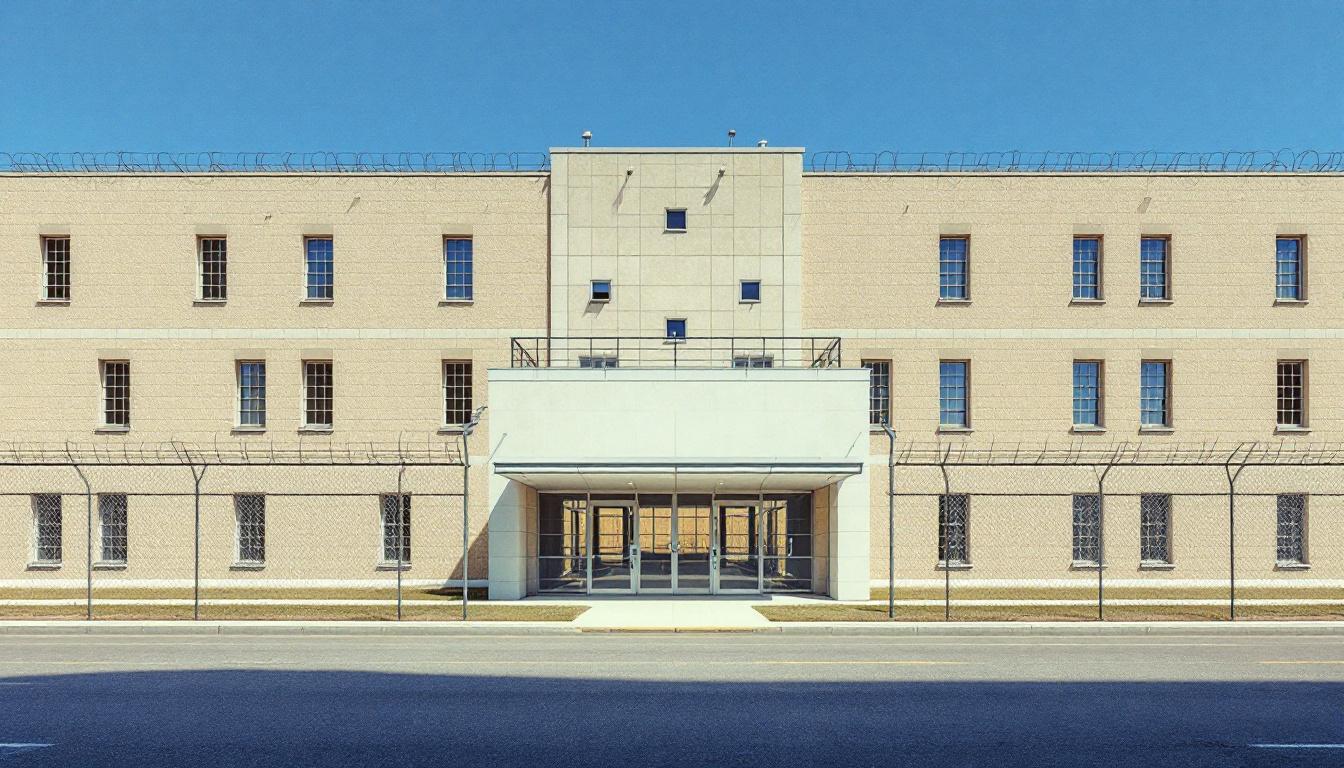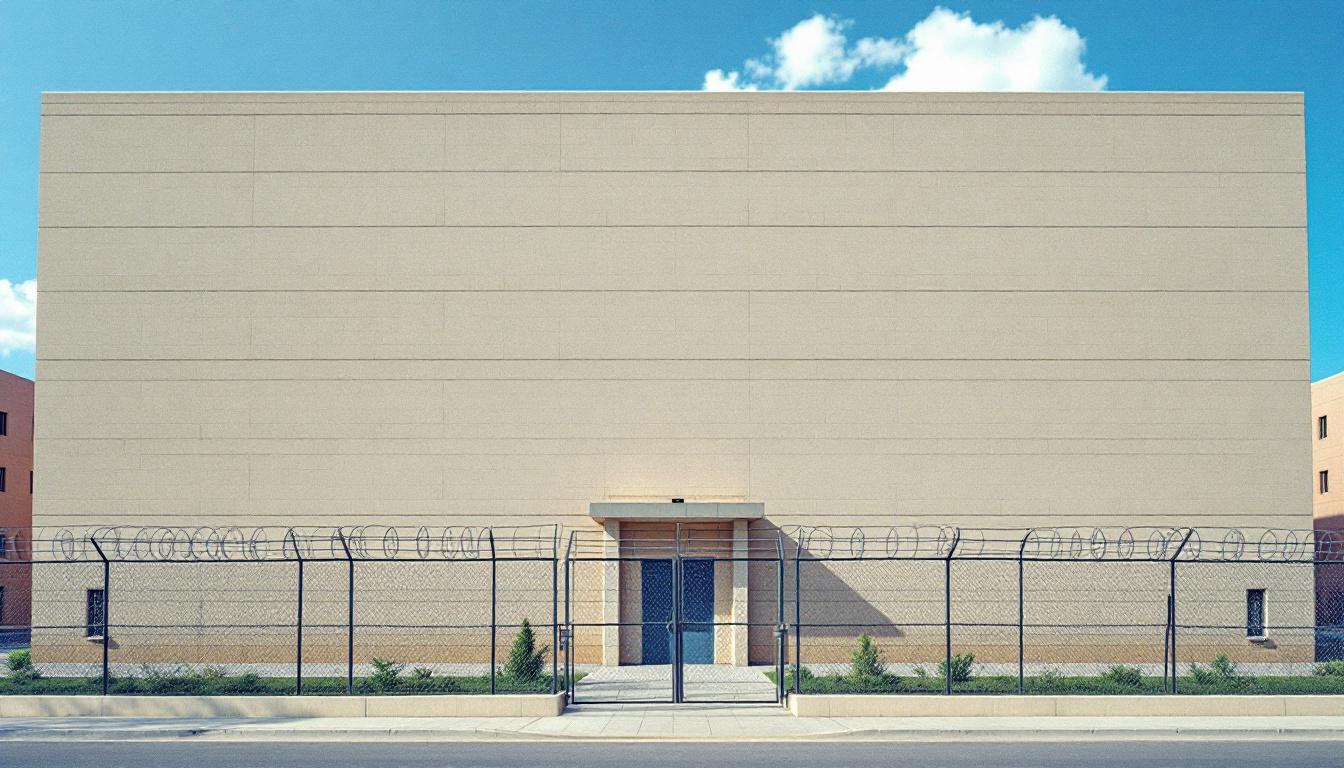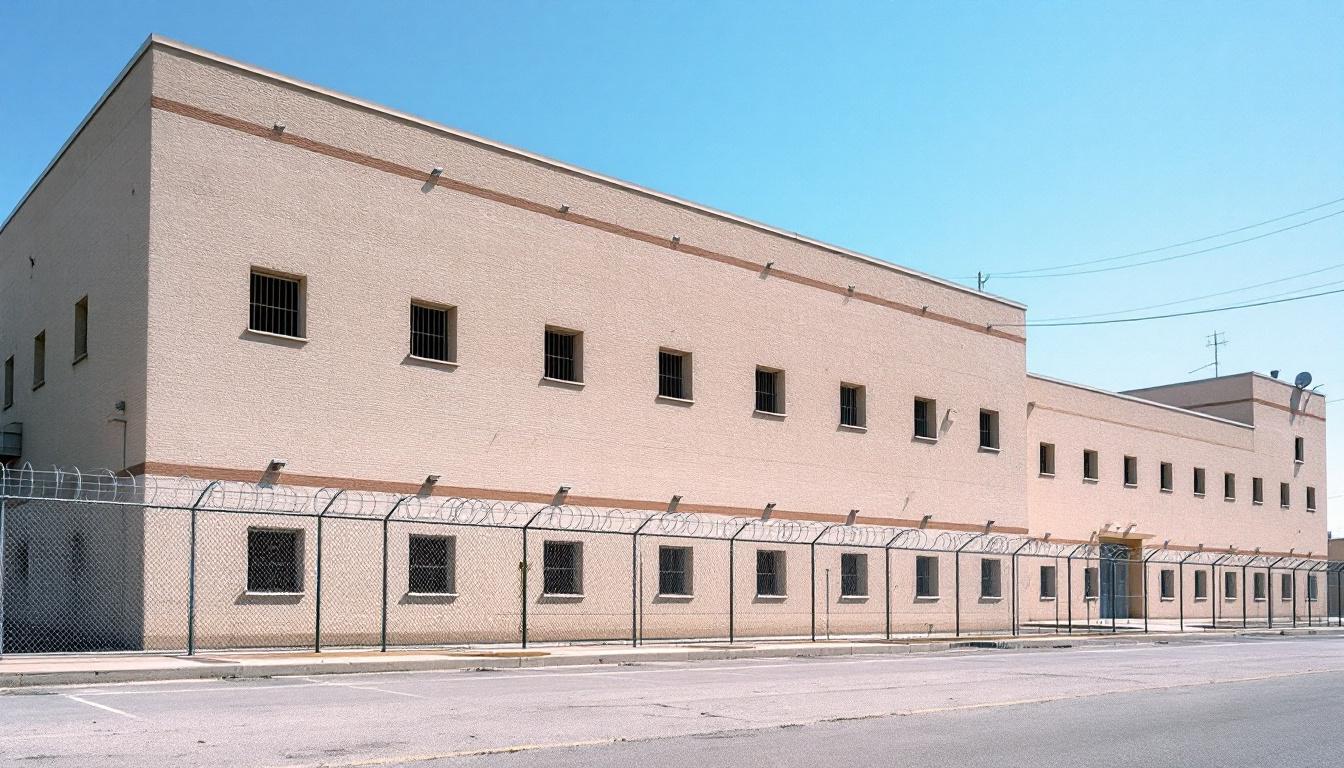
Quick Navigation
How to contact an inmate at Pinellas County Jail
This comprehensive guide will walk you through how to connect with an inmate at Pinellas County Jail. Follow the steps below to find an inmate and send letters and photos:
- Search for the inmate using our search tool below
- Create your account or log in to Penmate
- Write your message (up to 6,000 characters)
- Send instantly - inmates receive printed copies daily
Find an Inmate
Search for an inmate to start communicating today
Tip: You can search by first name, last name, or inmate ID number
To contact a person at Pinellas County Jail start by searching for the person on the official facility website. Perform a search by following these steps:
- Step 1: Enter their first name and last name into the search form and click "Search"
- Step 2: Locate their inmate record
- Step 3: Write down their Inmate ID and any housing information provided
Important! Be sure to enter the person's full name. Nicknames should not be used.
How to Send Messages to Inmates

You can use your phone or computer to send emails, letters, and photos to an inmate. Messages are sent electronically to inmate tablets or kiosks at the facility. If you would like to send a message, start by searching for an inmate at Pinellas County Jail.
Sending Photos and Postcards

A great way to send love and support to a loved one at Pinellas County Jail is to send photos and postcards. It only takes a few minutes to send photos from your phone and it makes a huge difference. You can also mail postcards with words of support and inspiration, or design your own postcard for special moments like birthdays and holidays.
Important! Be sure not to send any explicit photos or they may not be approved by the facility. You can also use a photo printing app like Penmate to make sure your photos are printed at the correct size (4x6 or 3x5) and are mailed according to the rules and regulations of Pinellas County Jail.
Frequently asked questions about Pinellas County Jail
-
How long does it take to deliver a message?
If you're sending an email message your letter is usually delivered within 24-48 hours. For messages sent via mail you should expect delivery within 3-7 days. All messages will need be approved by Pinellas County Jail.
-
How much does it cost to send a message to Pinellas County Jail?
You can send a message free using your phone or mail a message via USPS for the price of a $0.60 stamp and envelope. You can also purchase credits or e-stamps from services starting at $1.99.
-
What services can I use to contact an inmate at Pinellas County Jail?
Penmate
You can use Penmate to send letters and photos to an inmate from your phone. It's an easy way to stay in touch during your loved one's incarceration. Use the inmate locator to find an inmate's location and contact information, then you can send messages within a few minutes.
Securus messaging
Securus may be another option for communicating with an inmate at Pinellas County Jail. You can create a friends and family account and purchase credits to send messages. All messages will be reviewed and must be approved by the facility.
JPay
Some county jails and state prisons may support sending messages with JPay. You must register an account with the system, find your loved one, and purchase stamps to send messages. For some locations you can also attach photos.
Smart Jail Mail
You may also check if Smart Jail Mail is available at Pinellas County Jail. Smart Jail Mail is operated by Smart Communications and has contracted with some state and county jails. After purchasing credits, your messages and photos are sent to the facility, printed out, and then handed out to your loved one.
-
What is the mailing address of Pinellas County Jail?
Mailing address:
Pinellas County Jail
14400 49th St N
Clearwater, FL 33762
Phone: (727) 464-6415Business hours:
- Monday: Open 24 hours
- Tuesday: Open 24 hours
- Wednesday: Open 24 hours
- Thursday: Open 24 hours
- Friday: Open 24 hours
- Saturday: Open 24 hours
- Sunday: Open 24 hours
-
What are the visiting hours at Pinellas County Jail?
Visiting hours at Pinellas County Jail vary by housing unit and security level. Generally, visits are scheduled on weekends and holidays, with some facilities offering weekday visits. Contact the facility directly at (727) 464-6415 or check their website for the current visiting schedule. Visits typically last 30-60 minutes and must be scheduled in advance.
-
What items are prohibited when sending mail to Pinellas County Jail?
Prohibited items typically include: cash, personal checks, stamps, stickers, glitter, glue, tape, staples, paperclips, polaroid photos, musical or blank greeting cards, hardcover books, magazines with staples, and any items containing metal or electronics. Only send letters on plain white paper with blue or black ink. Photos must be printed on regular photo paper (no Polaroids). Always check with Pinellas County Jail for their specific mail policies.
-
How do I send money to an inmate at Pinellas County Jail?
You can send money to an inmate at Pinellas County Jail through several methods: 1) Online using JPay, Access Corrections, or the facility's approved vendor, 2) Money orders mailed directly to the facility with the inmate's name and ID number, 3) Kiosks located in the facility lobby, or 4) Over the phone using a credit or debit card. Fees vary by method, typically ranging from $2.95 to $11.95 per transaction.
-
Can I schedule a video visit with an inmate at Pinellas County Jail?
Many facilities now offer video visitation as an alternative to in-person visits. At Pinellas County Jail, video visits may be available through services like Penmate, Securus Video Connect, GTL, or ICSolutions. Video visits typically cost $10-20 for 20-30 minutes and must be scheduled in advance. You'll need a computer or smartphone with a camera and reliable internet connection. Contact the facility for their specific video visitation policies and approved vendors.
-
What identification do I need to visit an inmate at Pinellas County Jail?
All visitors must present valid government-issued photo identification such as a driver's license, state ID, passport, or military ID. Minors must be accompanied by a parent or legal guardian who can provide the minor's birth certificate. Some facilities require visitors to be on the inmate's approved visitation list, which may require a background check. Contact Pinellas County Jail for specific ID requirements and visitor approval procedures.
-
How can I find out an inmate's release date?
To find an inmate's release date at Pinellas County Jail, you can: 1) Use the online inmate search tool if available, 2) Call the facility's records department, 3) Contact the inmate's case manager or counselor, or 4) Have the inmate provide this information during a call or visit. For privacy reasons, some facilities only release this information to immediate family members.
Facility Overview
Official Website
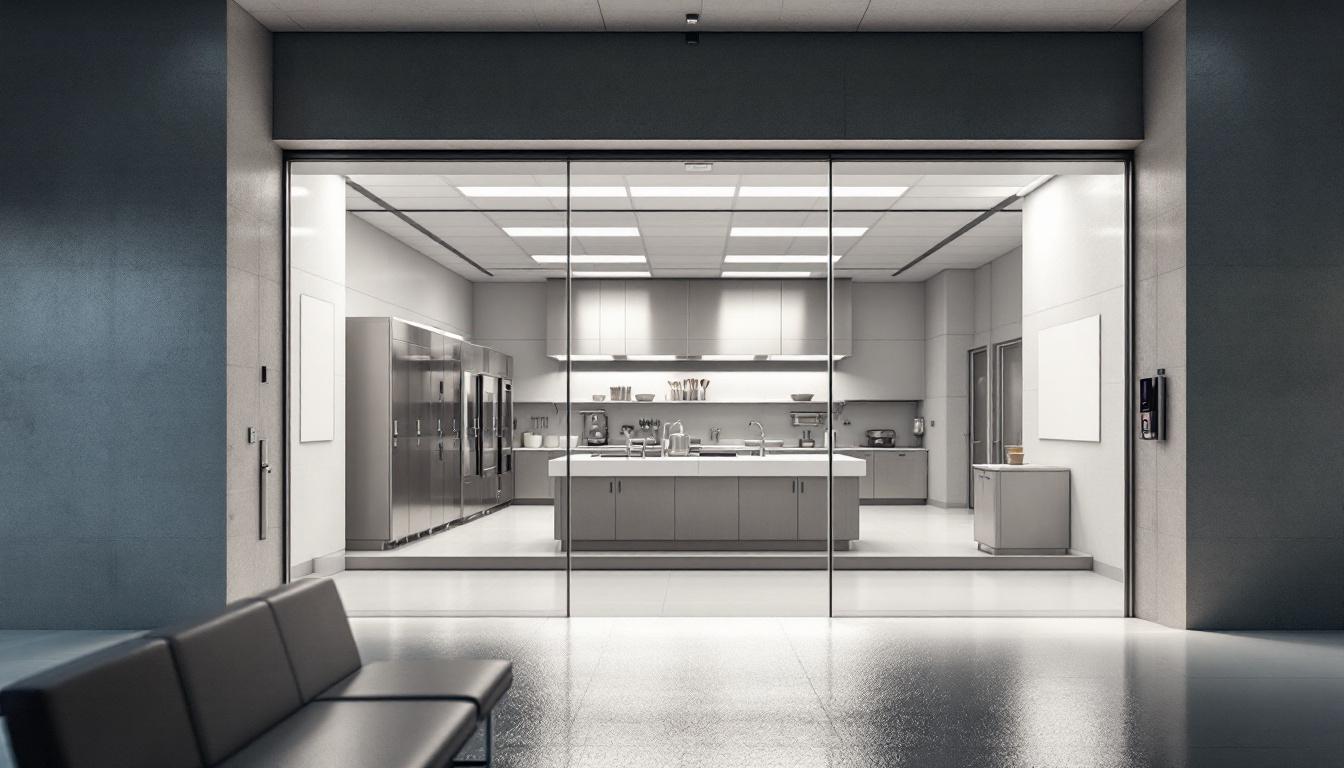
About Pinellas County Jail
Comprehensive support services and rehabilitation opportunities form the cornerstone of operations at Pinellas County Jail, where individuals receive access to educational programming, mental health resources, and reentry preparation designed to address the diverse needs of those within Florida’s correctional system. Located in Seminole, this FL correctional facility typically maintains a structured environment that balances security requirements with community-focused programming aimed at reducing recidivism and supporting successful transitions back into society.
The facility generally operates as an integral component of Florida’s broader correctional network, serving the local community while adhering to state standards for custody operations and individuals services. Staff members often work collaboratively to provide case management support, substance abuse counseling, and vocational training opportunities that may include job readiness programs and basic educational services. The correctional facility typically emphasizes maintaining family connections through visitation programs and communication services, recognizing the important role these relationships play in successful rehabilitation outcomes.
Within Seminole’s correctional landscape, the facility commonly offers medical care, mental health treatment, and chaplaincy services to address the comprehensive needs of its population. Programs may include anger management courses, life skills development, and pre-release planning that connects individuals with community resources and support systems. This approach reflects Florida’s ongoing commitment to evidence-based practices in corrections, where facilities like Pinellas County Jail serve as essential links between enforcement, rehabilitation, and community reintegration efforts throughout the region.
Programs & Services
Multiple pathways for personal development and skill-building create a foundation for meaningful change within Pinellas County Jail. The facility typically recognizes that individuals arrive with diverse backgrounds and varying needs, which requires a comprehensive approach to programming. This philosophy drives the development of opportunities that address education, vocational training, and personal growth simultaneously.
Educational opportunities often form the cornerstone of programming, with individuals able to pursue basic literacy instruction, GED preparation, and various skill-building courses. Vocational training may include food service operations, which provides hands-on experience in commercial kitchen environments while developing transferable job skills. These educational initiatives typically focus on practical knowledge that individuals can apply both during their time at the facility and upon their return to the community.
Moreover, therapeutic and support services address the underlying factors that may contribute to criminal behavior. Substance abuse treatment opportunities often include both group and individual counseling sessions designed to help individuals develop coping strategies and recovery skills. The facility may offer specialized veteran services for those who have served in the military, recognizing their comprehensive experiences and needs. Additionally, peer support groups typically provide opportunities for individuals to connect with others facing similar challenges, while community resource connections help establish links to ongoing support services. Work release opportunities may allow eligible individuals to maintain employment while serving their sentence, supporting both personal responsibility and family stability.
Daily Life & Visitation
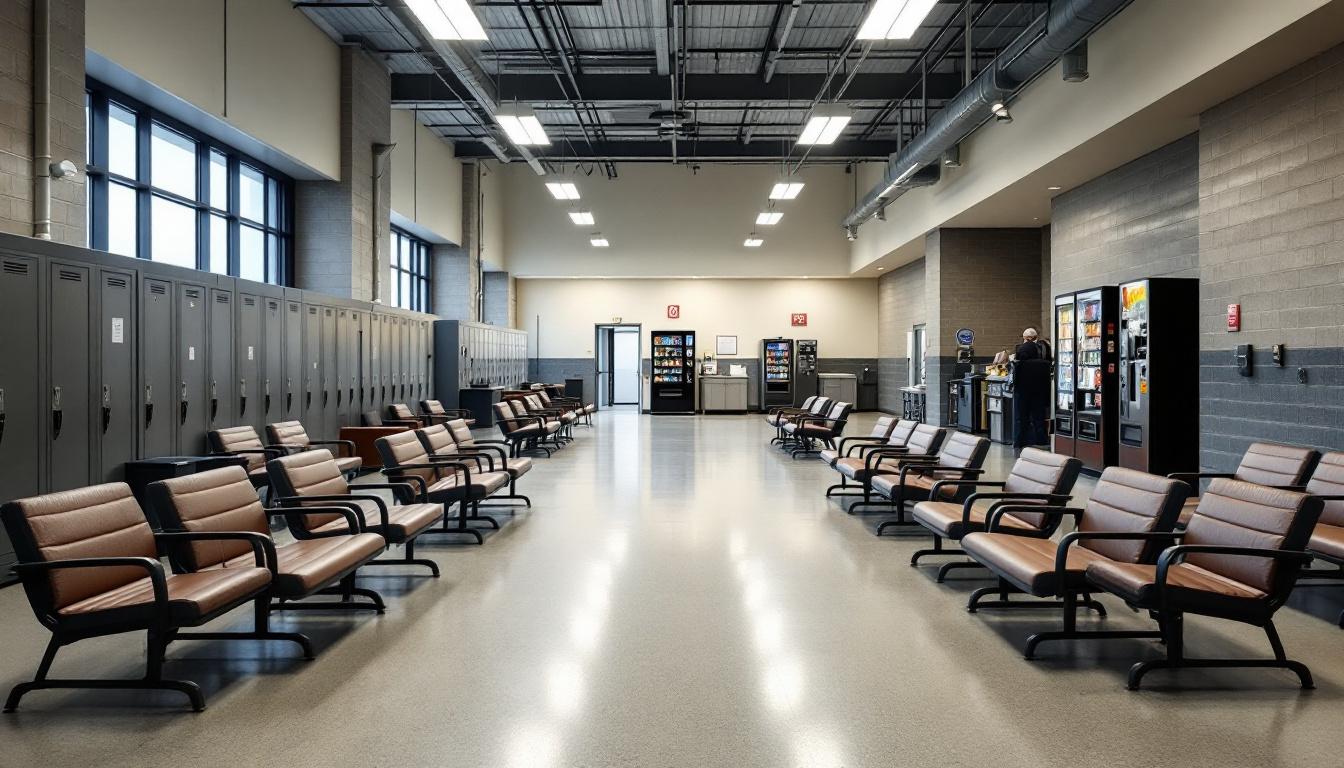
The sound of meal trays being distributed typically marks the rhythm of each day for individuals housed at Pinellas County Jail. Today’s schedule generally follows a structured pattern that begins with early morning wake-up calls, followed by headcounts and meal service. Individuals consistently move through designated time blocks for meals, recreation periods, and various programming activities. Security procedures occur regularly throughout the day, and staff members conduct routine checks to maintain facility safety and order.
Living accommodations vary depending on classification levels and housing assignments within the facility. Individuals typically share cells or dormitory-style housing units with basic amenities including beds, storage areas, and restroom facilities. Personal property allowances generally include essential items such as clothing, hygiene products, and limited personal effects. The commissary system offers additional items for purchase, allowing individuals to supplement basic provisions with snacks, toiletries, and writing materials.
Moreover, recreational opportunities may include access to television areas, reading materials, and scheduled outdoor time when weather permits. Structured programming schedules often encompass educational classes, substance abuse counseling, and religious services. Whereas in-person visits typically occur on designated days with advance scheduling, individuals usually maintain family connections through phone calls and written correspondence. Work assignments within the facility often provide structure and may include kitchen duties, cleaning responsibilities, and maintenance tasks that help individuals contribute to daily operations while developing routine and purpose.
Ready to Connect?
Start communicating with your loved one today
Search for an Inmate
